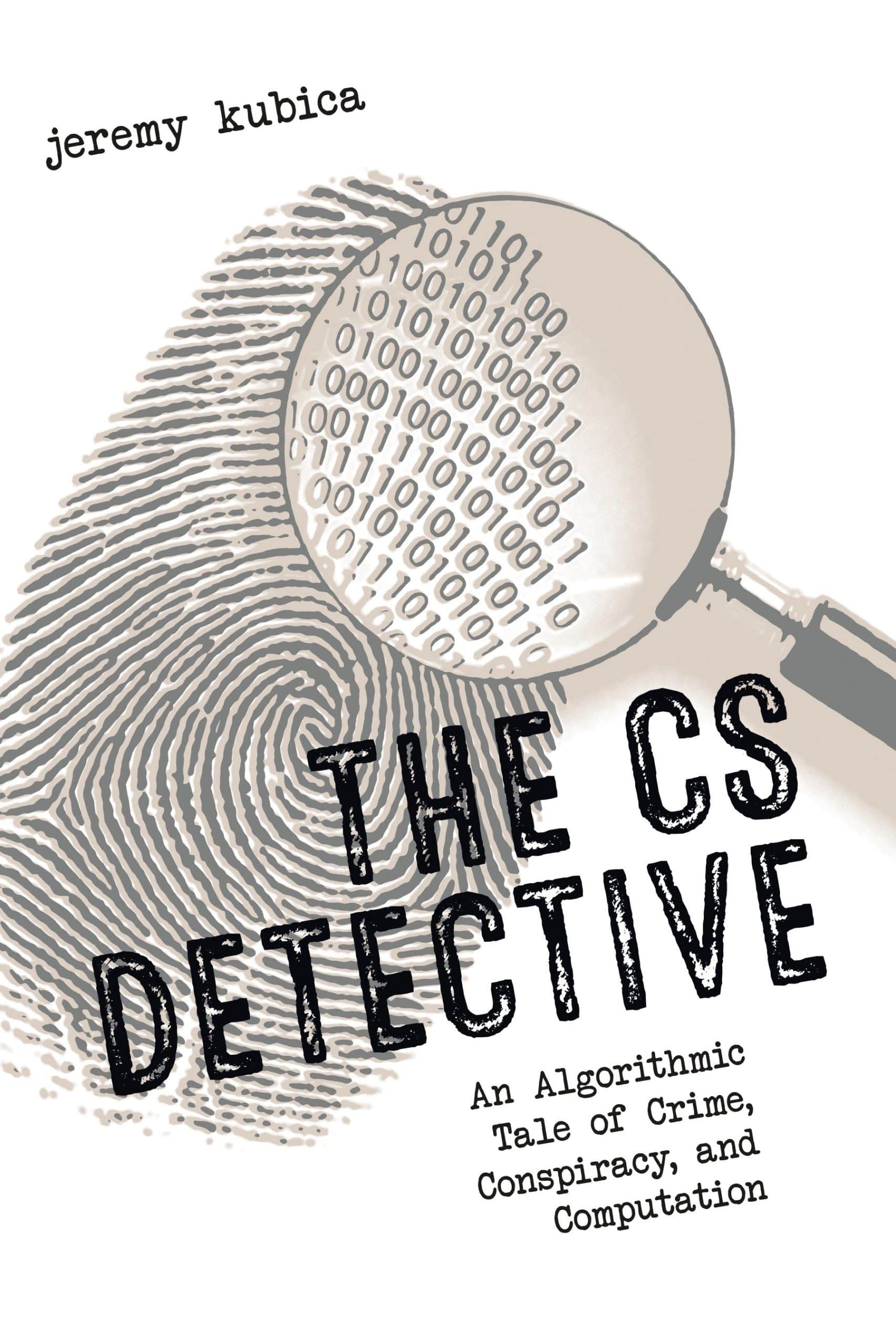The CS Detective: An Algorithmic Tale of Crime, Conspiracy, and Computation
15.00 JOD
Please allow 2 – 5 weeks for delivery of this item
Description
Meet Frank Runtime. Disgraced ex-detective. Hard-boiled private eye. Search expert.When a robbery hits police headquarters, it’s up to Frank Runtime and his extensive search skills to catch the culprits. In this detective story, you’ll learn how to use algorithmic tools to solve the case. Runtime scours smugglers’ boats with binary search, tails spies with a search tree, escapes a prison with depth-first search, and picks locks with priority queues. Joined by know-it-all rookie Officer Notation and inept tag-along Socks, he follows a series of leads in a best-first search that unravels a deep conspiracy. Each chapter introduces a thrilling twist matched with a new algorithmic concept, ending with a technical recap.Perfect for computer science students and amateur sleuths alike, The CS Detective adds an entertaining twist to learning algorithms.Follow Frank’s mission and learn:–The algorithms behind best-first and depth-first search, iterative deepening, parallelizing, binary search, and more–Basic computational concepts like strings, arrays, stacks, and queues–How to adapt search algorithms to unusual data structures–The most efficient algorithms to use in a given situation, and when to apply common-sense heuristic methods
Additional information
| Weight | 0.43 kg |
|---|---|
| Dimensions | 1.5 × 15.24 × 22.86 cm |
| PubliCanadation City/Country | USA |
| by | |
| format | |
| Language | |
| Pages | 256 |
| publisher | |
| Year Published | 2016-8-16 |
| Imprint | |
| For Ages | 7 |
| ISBN 10 | 1593277490 |
| About The Author | Jeremy Kubica is a principal engineer at Google working on machine learning and algorithms. He has a PhD in robotics from Carnegie Mellon University and a BS in computer science from Cornell University. Kubica is the author of the popular Computational Fairy Tales blog. |
“This book is both entertaining and educational, and a great stocking stuffer, especially for anyone involved with data analysis.”—The Vancouver Sun“A great introduction for older kids or adults to the concepts contained therein. The story is filled with humor and adventure.”—Geek Dad“Exceptionally well written, organized and presented…truly adds an entertaining and novel twist to making the learning algorithms fun, practical, and effective.”—Midwest Book Review“I love being able to wrap learning into this story and that it doesn’t seem like learning at all. This book is perfect for computer science students or amateur sleuths who enjoy a good mystery.”—The Old Schoolhouse“I give this book 10 out of 10 horseshoes.”—CodeRanch“Good wizards and evil wizards cast spells, which helps capture the interest of students in the upper middle and lower high school grades…The story is worth the time to learn about different binary searches.”—National Council of Teachers of Mathematics“I think the book would be good for high school–college level students interested in search algorithms or computer science in general. I enjoyed the book and the refresher on CS topics.”—404 Tech Support |
|
| Table Of Content | AcknowledgmentsA Note to ReadersChapter 1: Search ProblemsChapter 2: Exhaustive Search for an InformantChapter 3: Arrays and Indexes on a Criminal's FarmChapter 4: Strings and Hidden MessagesChapter 5: Binary Search for a Smuggler's ShipChapter 6: Binary Search for CluesChapter 7: Adapting Algorithms for a Daring EscapeChapter 8: Socks: An Interlude and an IntroductionChapter 9: Backtracking to Keep the Search GoingChapter 10: Picking Locks with Breadth-First SearchChapter 11: Depth-First Search in an Abandoned PrisonChapter 12: Cafeteria Stacks and QueuesChapter 13: Stacks and Queues for SearchChapter 14: Let's Split Up: Parallelized SearchChapter 15: Iterative Deepening Can Save Your LifeChapter 16: Inverted Indexes: The Search NarrowsChapter 17: A Binary Search Tree TrapChapter 18: Building Binary Search LaddersChapter 19: Binary Search Trees for SuspectsChapter 20: Adding Suspects to the Search TreeChapter 21: The Binary Search Tree PropertyChapter 22: Tries for PaperworkChapter 23: Best-First Search: A Detective's Most Trusted ToolChapter 24: Priority Queues for InvestigationsChapter 25: Priority Queues for Lock PickingChapter 26: Heuristics in SearchChapter 27: Heaps in Politics and AcademiaChapter 28: Difficult Search ProblemsChapter 29: Search TerminationEpilogue |
Only logged in customers who have purchased this product may leave a review.






Reviews
There are no reviews yet.